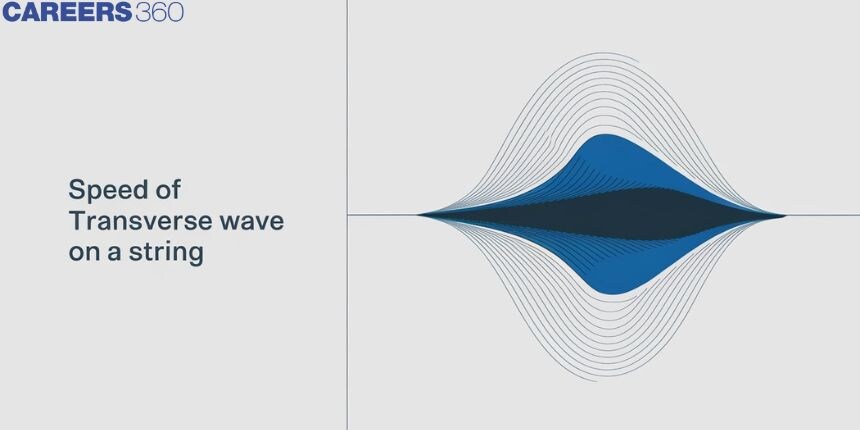Speed Of Transverse Wave On A String
This speed depends on the tension in the string and the mass per unit length, offering insights into how waves propagate in different environments. In real life, this principle is observed in musical instruments like guitars and violins, where the pitch of a note is determined by the speed of waves on the strings. By tightening or loosening the strings, musicians alter the wave speed, changing the frequency and producing different notes. This relationship between wave speed, tension, and frequency is not just essential in music but also in engineering applications, such as the design of bridges and cables, where wave dynamics play a critical role in structural integrity. Understanding the speed of transverse waves on a string bridges the gap between theoretical physics and practical applications, making it a key concept in both academic studies and everyday technology. In this article, we will cover the concept of the Speed of a transverse wave on a String. This concept falls under the broader category of Oscillations and Waves.
- Speed of Transverse Wave on a String
- Take a small element of length $dl$ and mass dm of string as shown in the below figure (a)
- Solved Examples Based on Speed of Transverse Wave on a String

Speed of Transverse Wave on a String
The speed of a transverse wave on a string is determined by two key factors: the tension in the string and its linear mass density (mass per unit length). This relationship is vital in various fields, from musical instruments to engineering. In a guitar, for example, the speed of the wave on a string affects the pitch of the sound produced. When a guitarist tightens a string, they increase the tension, leading to a faster wave speed and a higher pitch.
The distance between two successive crests is 1 wavelength, λ. Thus in one time period, the wave will travel 1 wavelength in distance. Thus the speed of the wave, v is:
The speed of the traverse wave is determined by the restoring force set up in the medium when it is disturbed and the inertial properties ( mass density ) of the medium. The inertial property will in this case be linear mass density
The dimension of
Therefore, the speed of the wave in a string is given as :
Now Let's understand its derivation
Take a small element of length $dl$ and mass dm of string as shown in the below figure (a)

So For Figure (b)
For small
Now using
we get
Recommended Topic Video
Solved Examples Based on Speed of Transverse Wave on a String
Example 1: The equation of a wave on a string of linear mass density 0.04 kg m -1 is given by
1) 6.25
2) 4.00
3) 12.50
4) 0.50
Solution:
Speed of wave on a string
After putting the values, we get
Hence, the answer is the option (1).
Example 2: The linear mass density of the string is
1) 40
2) 4
3) 20
4) 0.4
Solution:
Speed of wave on the string
wherein
Hence, the answer is the option (1).
Example 3: A uniform string of length 20 m is suspended from a rigid support. A short wave pulse is introduced at its lowest end. It starts moving up the string. The time taken to reach the support is : (take g = 10 ms−2)
1)
2) 2 s
3)
4)
Solution:
At any cords section at length x above the lowest point.
We know that
Hence, the answer is the option (3).
Example 4: A string is hanging from a rigid support. A transverse wave plus is set up at the free end. The velocity $V$ of the pulse related to the distance $x$ covered by it is given as -
1)
2)
3)
4) None
Solution:

Tension at a distance x from the free end.
Hence, the answer is the option (1).
Summary
The speed of a transverse wave on a string is determined by the tension in the string and its linear mass density. This principle is crucial in various real-life applications, from musical instruments to engineering structures. Understanding this concept allows us to calculate the wave speed, which directly influences the behaviour of waves in different scenarios. Through practical examples, such as calculating the tension or velocity of waves on strings, we can see how this fundamental concept is applied in problem-solving and real-world situations.
Also Read
17 Nov'24 10:26 AM
17 Nov'24 10:24 AM
17 Nov'24 10:21 AM
17 Nov'24 10:18 AM
17 Nov'24 10:16 AM
17 Nov'24 10:15 AM
26 Sep'24 11:43 AM
25 Sep'24 05:36 PM
25 Sep'24 05:35 PM
25 Sep'24 05:34 PM
